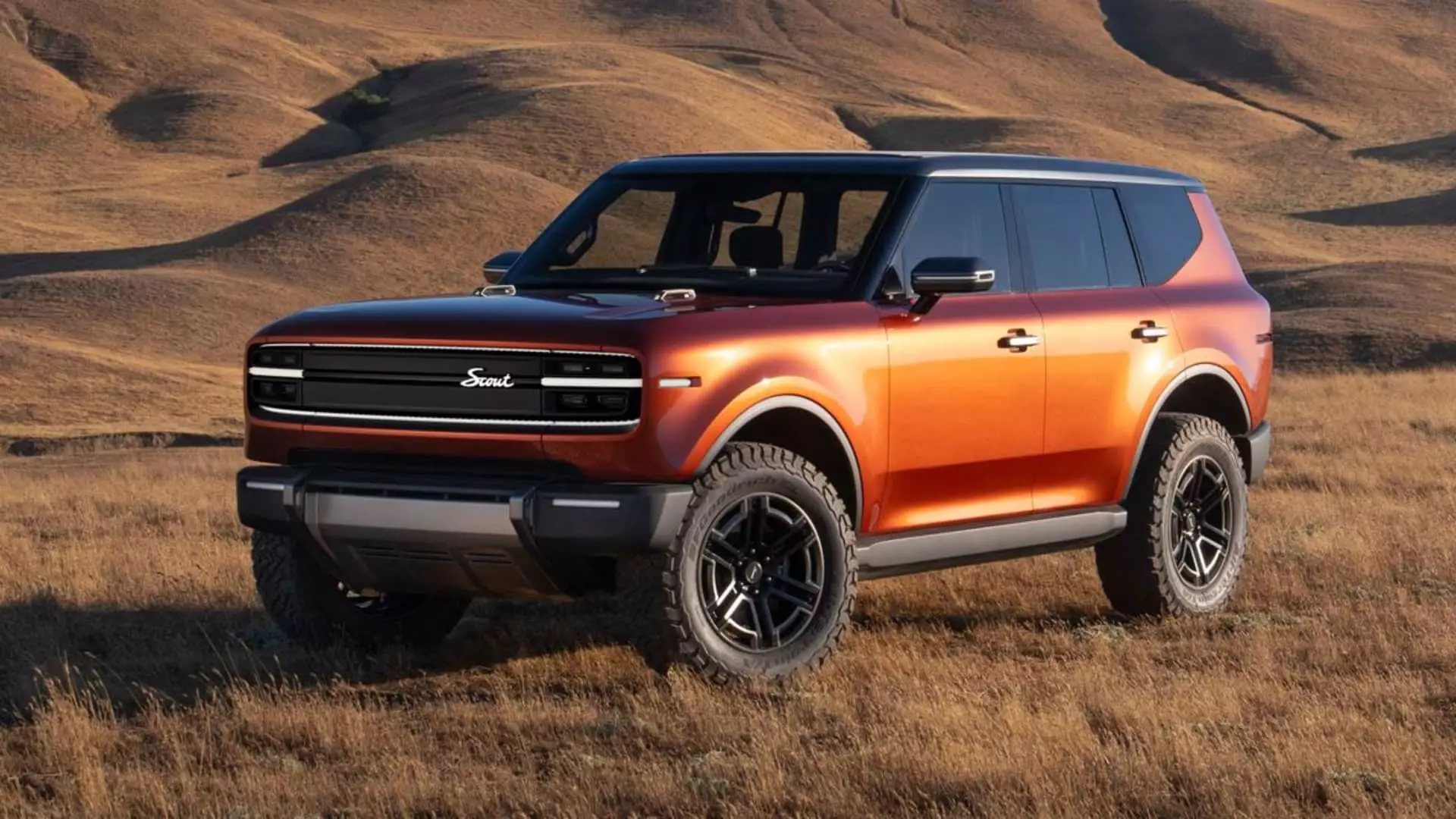In a significant turn of events, Volkswagen-backed Scout Motors has made headlines with the revelation of its inaugural all-electric vehicles (EVs) and a strategic pivot towards the inclusion of plug-in hybrid electric vehicles (PHEVs) in its offerings. This announcement comes against the backdrop of changing market dynamics, where consumer appetite for EVs is not advancing as rapidly as anticipated. As a brand that traces its roots back to the 1960s, Scout is repositioning itself to capture a segment of the automotive market that blends traditional combustion engine technology with modern electrification, reflecting a nuanced understanding of current consumer needs.
Market Dynamics Prompt a Strategic Shift
During a recent conference, Scout CEO Scott Keogh articulated the rationale behind this shift, underscoring the company’s need to respond to market signals effectively. Initial expectations centered on an exclusive focus on fully electric vehicles, but rising production costs and a lukewarm reception from consumers have led Scout to embrace Extended-Range Electric Vehicles (EREVs). These vehicles combine electric motors and internal combustion engines to create a hybrid system, allowing for a more versatile driving experience. This pivot not only safeguards Scout against potential market volatility but also opens avenues for introducing a broader consumer base to the allure of electrification.
Keogh’s extensive background in the auto industry provides him with unique insights into consumer behavior, particularly in the United States. His comments reflected an understanding that introducing EREVs could act as a “backup plan,” instilling confidence in buyers wary of fully committing to all-electric vehicles. “If the battery runs out, you’re still in control,” he stated, emphasizing the pragmatic benefits of this approach.
Scout has ambitious plans to manufacturing its vehicles at a state-of-the-art plant currently being constructed in South Carolina, with expected production capacity reaching 200,000 units per annum. By utilizing batteries from Volkswagen’s joint venture in Canada, Scout aims to mitigate one of the most significant cost barriers in EV production—the battery itself. This strategic alliance not only ensures a steady supply of essential components but also underpins the brand’s commitment to maintaining competitiveness in the evolving marketplace.
The planned offerings—a full-size pickup truck and a large SUV—signal Scout’s intention to target a particularly lucrative segment of the automotive market. Keogh noted, “These two areas represent the largest profit pools in the world,” alluding to the profitability of large trucks and SUVs in the U.S. market. While currently emerging EV startups like Rivian and Lucid are grappling with financial challenges, Scout aims for operational profitability within its first year of production—a promising goal in a competitive and often tumultuous industry.
Scout’s decision to sell vehicles directly to consumers, circumventing traditional dealer networks, marks a deviation from established industry norms. This strategy not only allows for greater transparency and potentially lower prices but also enables Scout to foster direct relationships with its clientele. The initial pricing for the Traveler SUV and Terra pickup is projected to range between $50,000 and $60,000, making them accessible options for the burgeoning middle-class market interested in electric vehicles.
The incorporation of EREVs within Scout’s lineup is particularly strategic, as these vehicles promise over 500 miles of range. This range significantly overshadows the 300-mile expectation for all-electric models, thus appealing to a consumer base that values both range and reliability. Furthermore, this emphasis on range addresses one of the primary concerns consumers have regarding electrification—charging infrastructure and vehicle performance over long distances.
Competitive Edge in a Crowded Market
As Scout Motors prepares for its market entry, it faces the challenge of standing out in an increasingly competitive landscape populated by legacy manufacturers such as Ford and GM, alongside an array of EV-focused startups. The modernized design of the Traveler and Terra is anticipated to resonate with consumers familiar with traditional brands, offering a blend of nostalgia and contemporary styling. With significant torque capabilities and impressive acceleration metrics, these vehicles are positioned to compete not only in the electric segment but also against traditional off-road and SUV vehicles like the Jeep Wrangler.
While current electric vehicle sales remain a small fraction of overall light-duty vehicles, the uptick in interest for electric trucks suggests a shift in consumer preferences. Scout’s strategy to target this niche, coupled with its forward-thinking designs and production ambitions, indicates a clear vision for carving out a significant market share.
To summarize, Scout Motors stands at the juncture of tradition and innovation, aiming to reset the narrative around electric mobility. The integration of EREVs within its catalog is not merely a response to market conditions—it represents a bold step towards redefining consumer expectations in an automotive landscape that is ripe for transformation. With visionary leadership, strategic partnerships, and a focus on consumer engagement, Scout Motors is poised to emerge as a substantial player in the rapidly evolving EV market. As they prepare for the debut of their vehicles in 2027, industry observers and potential customers alike will keenly watch how this legacy brand revitalizes itself in the digital age.

